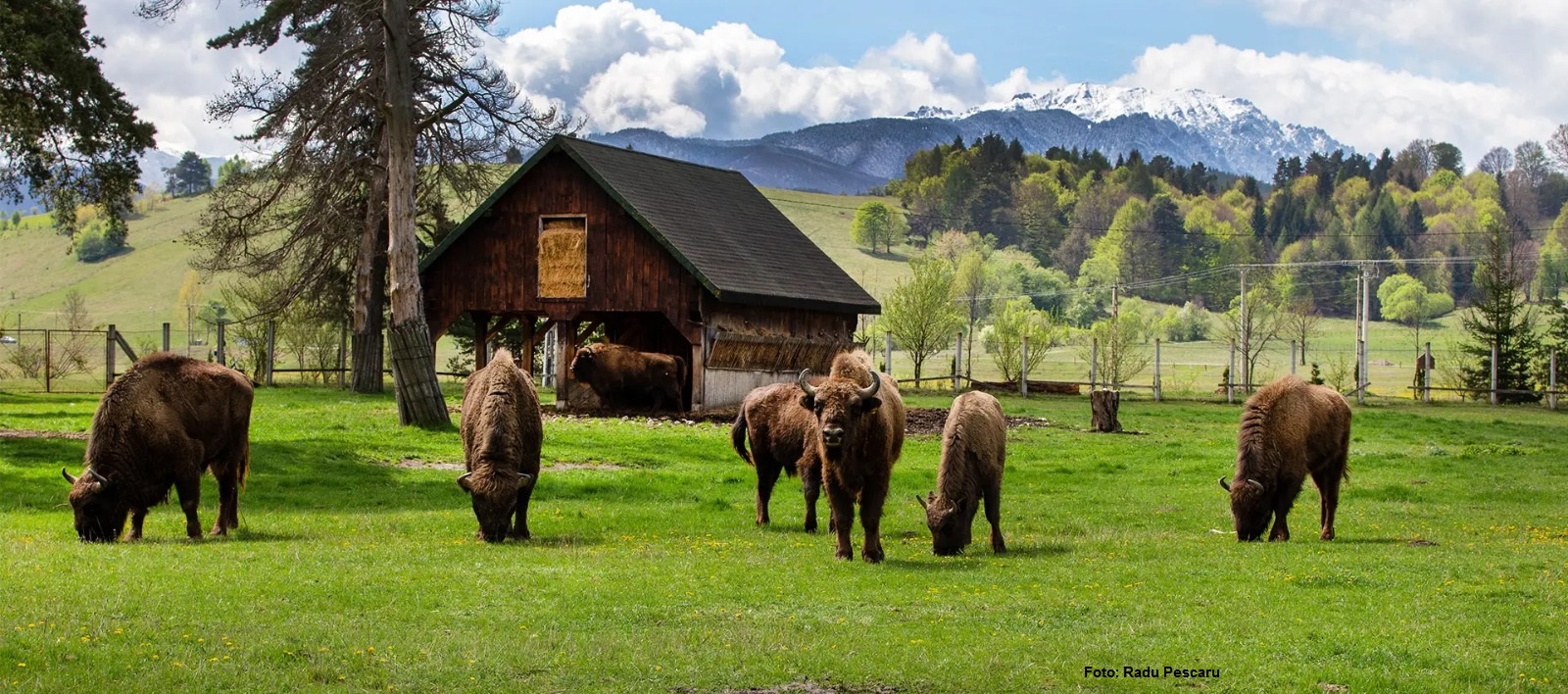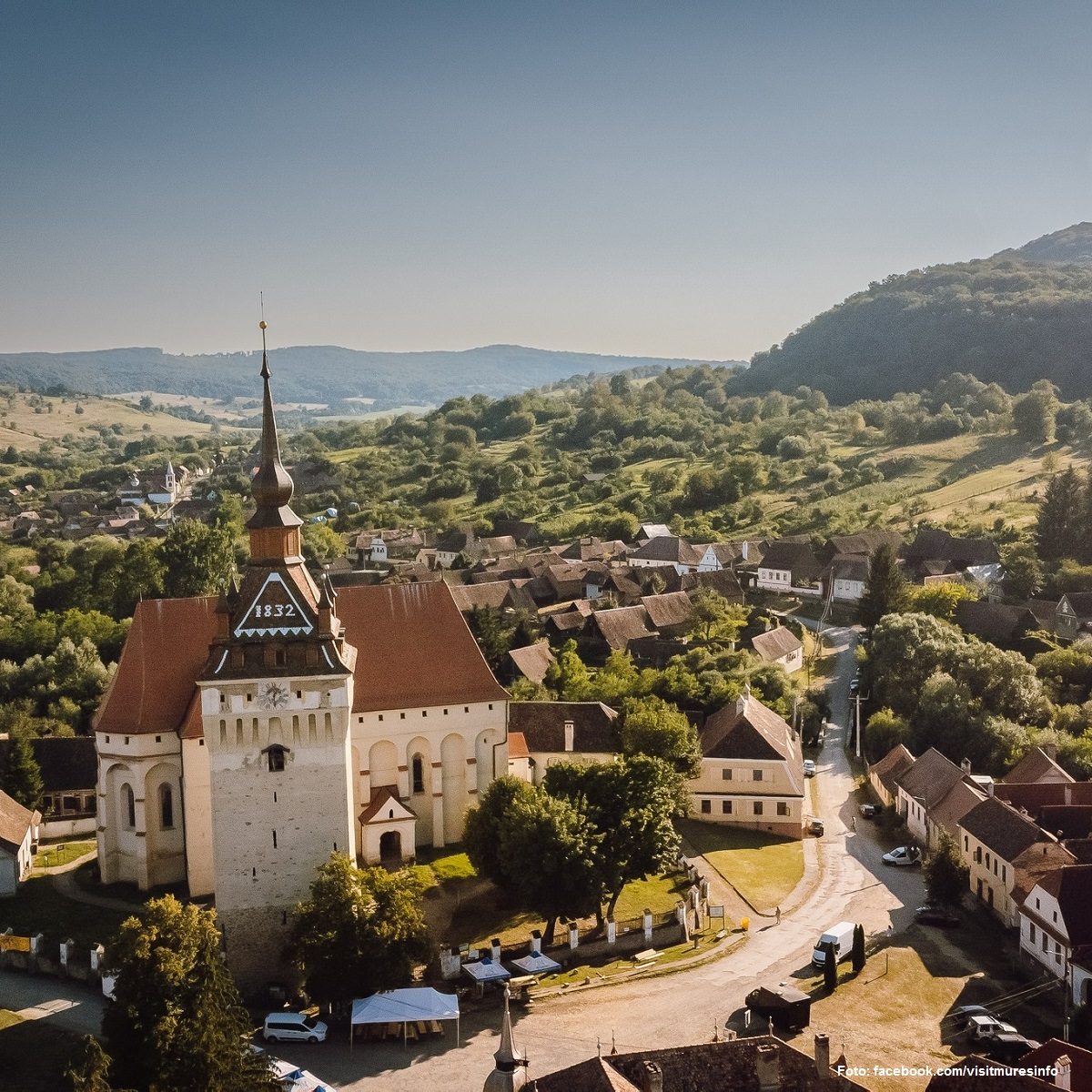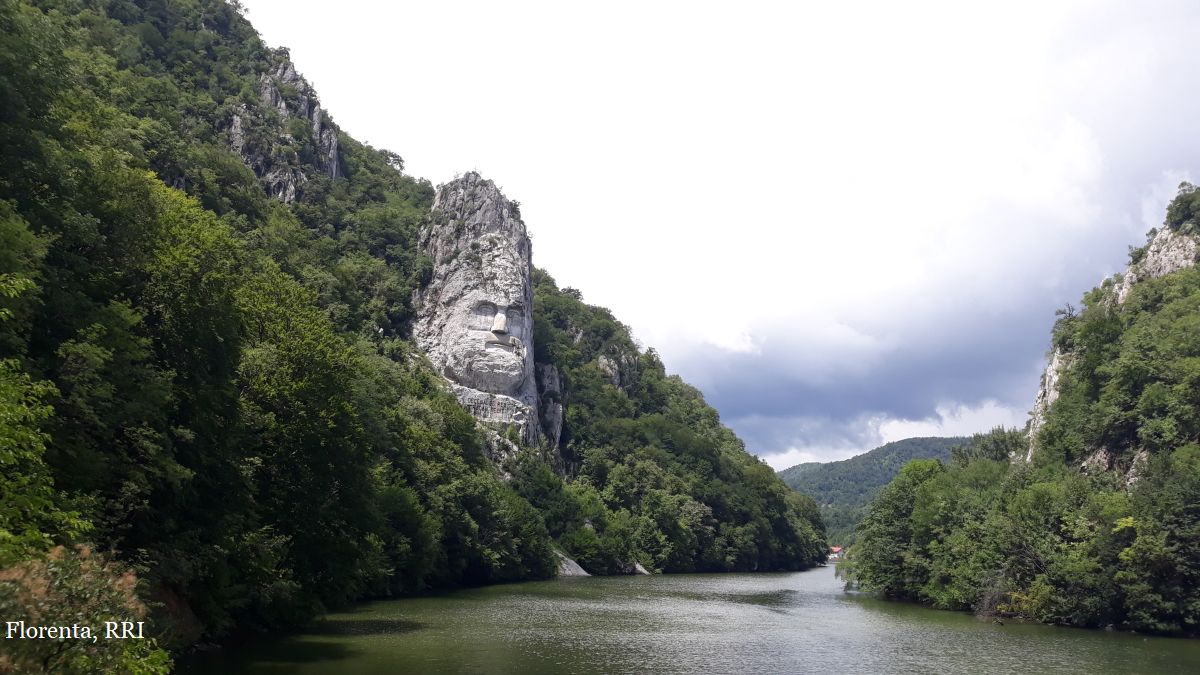The City of Brasov
A week spent in the central Romanian city of Brasov is an ideal vacation for all tastes

Daniel Onea, 19.01.2017, 14:50
Over one million tourists were accommodated in Brasovs hotels and guesthouses in the first 11 months of 2016, registering a 9.7% increase as compared to the previous year, a survey carried out by Brasov Countys Statistics Directorate shows. The number of foreign visitors has increased by 12.6%, most of them coming from Germany, Israel, Poland and Italy. The figures didnt come as a surprise, as Cecilia Doiciu, a municipality official has said. She said the city may not look out onto the sea, yet in Brasov you can have anything you want, as a tourist.
Cecilia Doiciu: There are historical places that tourists can visit, but there are also many opportunities for sports lovers, in winter as well as in the summer. Brasov makes the perfect destination for all those who prefer an active or cultural stay. In 1235, Braşov was mentioned in documents as Corona, the City of the Crown. It was in 1235 that historical documents describing the progress of Brasov as a leading trade center were issued. Having gradually grown into a commercial center, Brasov has also become an important tourist center .
Ionut Gliga, executive manager of Brasov Countys Tourism Promotion and Development Association has told us that Brasov could be described as a model of peaceful cohabitation of various ethnic groups, for instance Saxons or Hungarians: The imprint they left on the life and history of the city can be traced almost everywhere, in buildings, traditions and customs or cuisine. The mix of all these elements has created an interesting symbiosis. We are at the peak of the cold season, so the main attractions are undoubtedly the slopes. Poiana Brasov, located only 12 kilometers from the city, is the ideal destination for skiers, snowboarders and for those who want to go sleigh riding. The resort also has cable car installations, ski slopes for beginners and advanced skiers and instructors.
Coming back to Brasovs history, there is evidence of human existence in the region long before 1235, the year when the town was first mentioned in documents. All that evidence can be found in the History Museum, hosted by the old Assembly House, in the central square. There are also monuments proving Brasov developed as a medieval citadel.
Cecilia Doiciu again: At this point, we can make specific reference to the walls of the old citadel, the towers and bastions built in the 13th and 14th centuries. The Weavers bastion is one of the best preserved in this part of Europe. There are also the White Tower and the Black Tower. Tourists can also visit the area called Beyond the Walls, stretching along the Graft waterway, less known but no less beautiful and rich in historical evidence. Other interesting tourist sites are the Scheii Gate, Ecaterinas Gate, where you can find the armory of Brasov, used as a symbol of the city. We should also mention the Thread Street, south east Europes narrowest street, linking two of Brasovs most important thoroughfares. And thats how we reach the iconic monument, the Black Church. Built in a neo-Gothic style, the Black Church is home to south eastern Europes biggest and most precious collection of carpets as well as to the largest organ.
Leisure options are a great many, as Brasov is a place where lots of cultural events are held. Ionut Gliga has also told us that you can find accommodation irrespective of season: “Accommodation is available in three, four, or five-star hotels and guesthouses, bungalows, rented apartments. In the city of Brasov and its surroundings, you can find many restaurants with Romanian and international dishes on the menu, pubs, bars, cafes, offering a wide range of affordable drinks, as well as free Wi-Fi connection. Those interested can take organized or individual tours and make a stopover at Brasov old citadel. They can also visit the 13th century St Bartholomew Church, the oldest in town, the Saint Nicholas Church and the museum hosting the first Romanian school. You can also follow interesting trekking routes to the Stones of Solomon, on the Tampa Mount or along Poianas old road. Those interested can also visit the museums of Brasov: the County History Museum, the Art Museum, the Ethnography Museum and the Museum of Urban Civilization. Reading lovers have at their fingertips a string of bookshops and non-conventional areas for reading. There are also many attractions for visitors: concert, theatre halls, philharmonics, opera, multiplex cinema, shopping centres. The nightlife has its bars and clubs, in Brasov as well as in the resorts nearby.
Once they get to Brasov, tourists can get all the information they need for their stay, that including guides to visiting the city and its neighboring areas. Ionut Gliga: We have promotional materials, especially in English. Also available is stuff in German, French, Italian and Spanish. You can get that at the tourist information centers and at the objectives that can be visited. Also, there is a network of guides fluent in English, German, French and even Japanese, as Brasov is twinned with the city of Musashino in Japan. In the afternoon, after 6 PM, there is a free tour.
Whether we speak about carpets manufactured with the help of the weaving loom, ceramic items or traditional masks, most tourists appreciate traditional handicraft items. And they are not hard to find in Brasov, Ionut Gliga says: Such items are available on Brasovs main thoroughfare, on the Republica street or in the nearby tourist objectives. There is an association of contemporary and traditional art creators, which also has an exhibition area. Visitors can watch artists while theyre working. So they are genuine handicraft items. They can be purchased at an affordable price.
All in all, here are the landmarks of a successful holiday spent in the central Romanian city of Brasov.






























